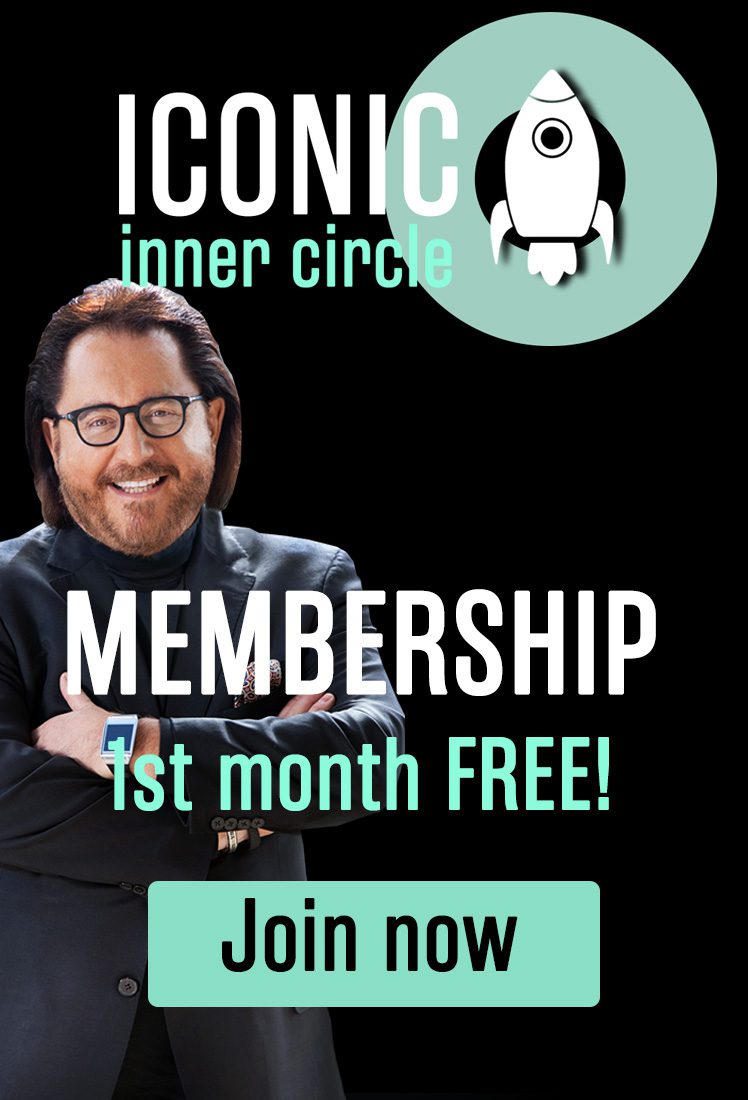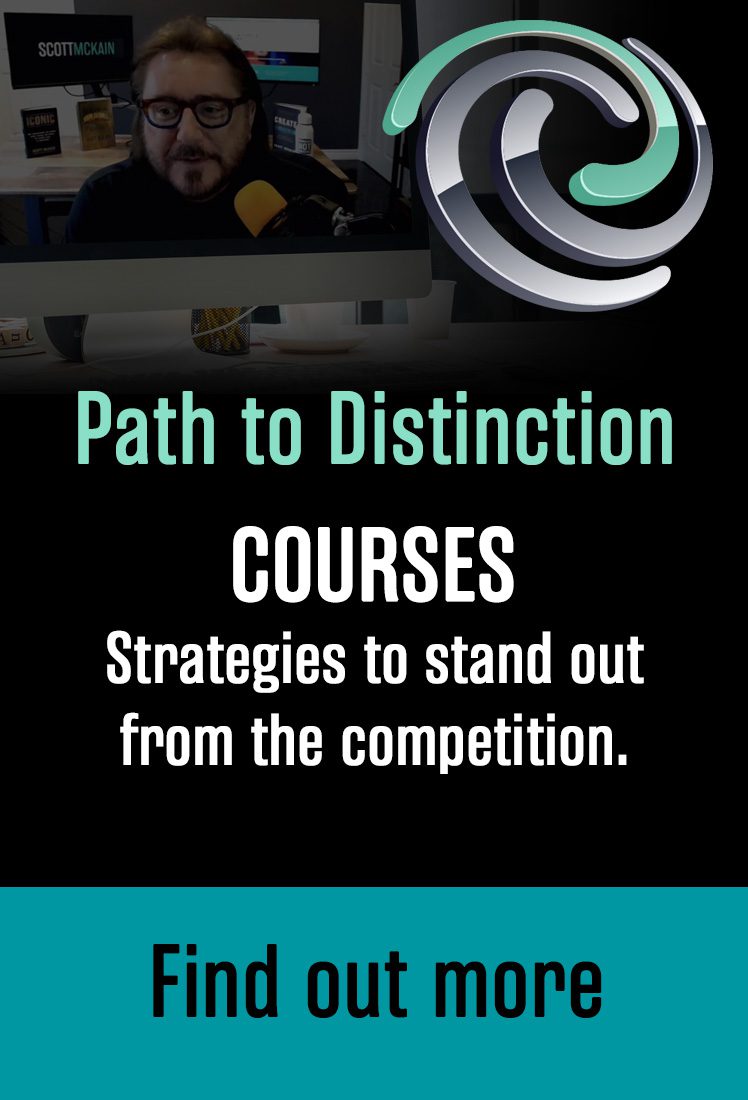We are in an era where customer experience (CX) is the battleground in every industry. There’s no business I’ve encountered in my years of working with organizations around the world that had zero concern for repeat and referral business. We all desire customers who come back for more and who tell their colleagues and friends about us. Yet, few organizations create the distinction necessary between themselves and the competition to avoid the pitfalls of the “sea of sameness” where most businesses find themselves adrift.
I’ve learned that a crucial piece often remains overlooked – the direct correlation between the experience of employees (EX) and that of customers.
This oversight is not just a minor gap; it’s a chasm that can significantly affect an organization’s bottom line and brand reputation.
A study by the Harvard Business Review highlighted that companies excelling in customer experience have 1.5 times more engaged employees than less customer-focused companies.
Yet, despite such compelling evidence, the responsibility for CX and EX often lies in siloed departments, with little collaboration or understanding between the two. Particularly concerning is the role of the Chief Customer Officer, who, in many organizations, lacks authority over or sometimes even a direct connection to the very employees delivering the experience to customers.
The Symbiotic Relationship of CX and EX
To grasp the essence of this connection, consider the upcoming Olympics and a relay race. Just as the success of the gold medal team depends not only on the individual speed of the runners but also on their ability to seamlessly pass the baton, your journey of delivering exceptional customer service is a team effort that hinges on the internal support and motivation of the workforce.
Drawing from the insights in my recent book, The Ultimate Customer Experience®, one critical aspect of enhancing both CX and EX is to “Connect With Emotion.” Employees who feel valued, heard, and engaged are more likely to extend those positive emotions toward customers, creating a ripple effect that enhances every interaction.
Gallup’s State of the Global Workplace report supports this, showing that businesses with highly engaged teams show a 21% increase in profitability, directly linking employee well-being with superior customer service.
From Insight to Action
So, how can your business put this understanding into practice? The first step is for leaders to recognize and act upon the interdependence of CX and EX. Creating a culture that prioritizes employee engagement and satisfaction as the foundation for customer service excellence is no longer optional; it’s imperative.
Leaders should strive to create an environment where feedback loops exist not just externally with customers but internally with employees. This approach ensures that those on the front lines who understand customer needs most intimately are heard, valued, and empowered to make a difference.
Real-world Success Stories
Consider the case of a well-known retail giant that revamped its approach to employee engagement. By implementing regular feedback mechanisms, recognition programs, and clear paths for career advancement, they saw a dramatic uptick in employee satisfaction. This internal transformation led to more personalized and proactive customer service, reflected in their rising customer satisfaction scores and, subsequently, their bottom line.

Another example is a leading tech company that integrated its customer support teams with product development groups. This cross-functional integration allowed for direct communication and rapid iteration based on customer feedback, delivered by engaged employees who felt directly involved in the company’s success. The result was not only innovative product enhancements but also customers who felt heard and valued, fostering loyalty and advocacy.
Reflection and Call to Action
It’s time for business leaders and entrepreneurs to critically assess their organizational structures and cultures.
- Are you fostering an environment where employees feel as valued as your customers?
- Are the insights and feedback from your frontline staff shaping the way you innovate in customer service?
When I’m consulting or speaking with leading organizations, I ask them to consider the following three specific action steps – and challenge you with the same right now:
- Initiate regular, open forums where employees can share their insights and feedback directly with CX leaders.
- Develop recognition and reward systems that celebrate not just sales or customer feedback scores but also employee contributions to the customer experience.
- Invest in training and development programs that empower employees with the skills and knowledge to excel in their roles and, by extension, enhance customer satisfaction.
The journey to aligning your CX and EX starts with a single step: recognizing the intrinsic link between the two.
By fostering an environment where employees are engaged and empowered, you pave the way for not just satisfied customers but loyal advocates for your business.
As we navigate the complexities of today’s business landscape, let us not forget the simple truth that lies at the core of every successful organization: a happy employee leads to a happy customer.
By bridging the gap between CX and EX, we not only enhance our competitive edge but also build more resilient, dynamic, and human-centric businesses.
In the quest to elevate your customer experience, remember that the key might just lie within the heart of your organization – your employees. Together, we can redefine the standards of customer service excellence, starting from the inside out. I invite you to join me in this crucial conversation and take the first step towards a more integrated, emotionally connected approach to customer experience.
For more insights and strategies on how to transform your customer and employee experiences, delve into my latest book, The Ultimate Customer Experience ®.
AND – let’s start a conversation about how we can together discover steps to elevate your business in ways you never thought possible. Let’s embark on this journey to create distinction—one relationship at a time.



